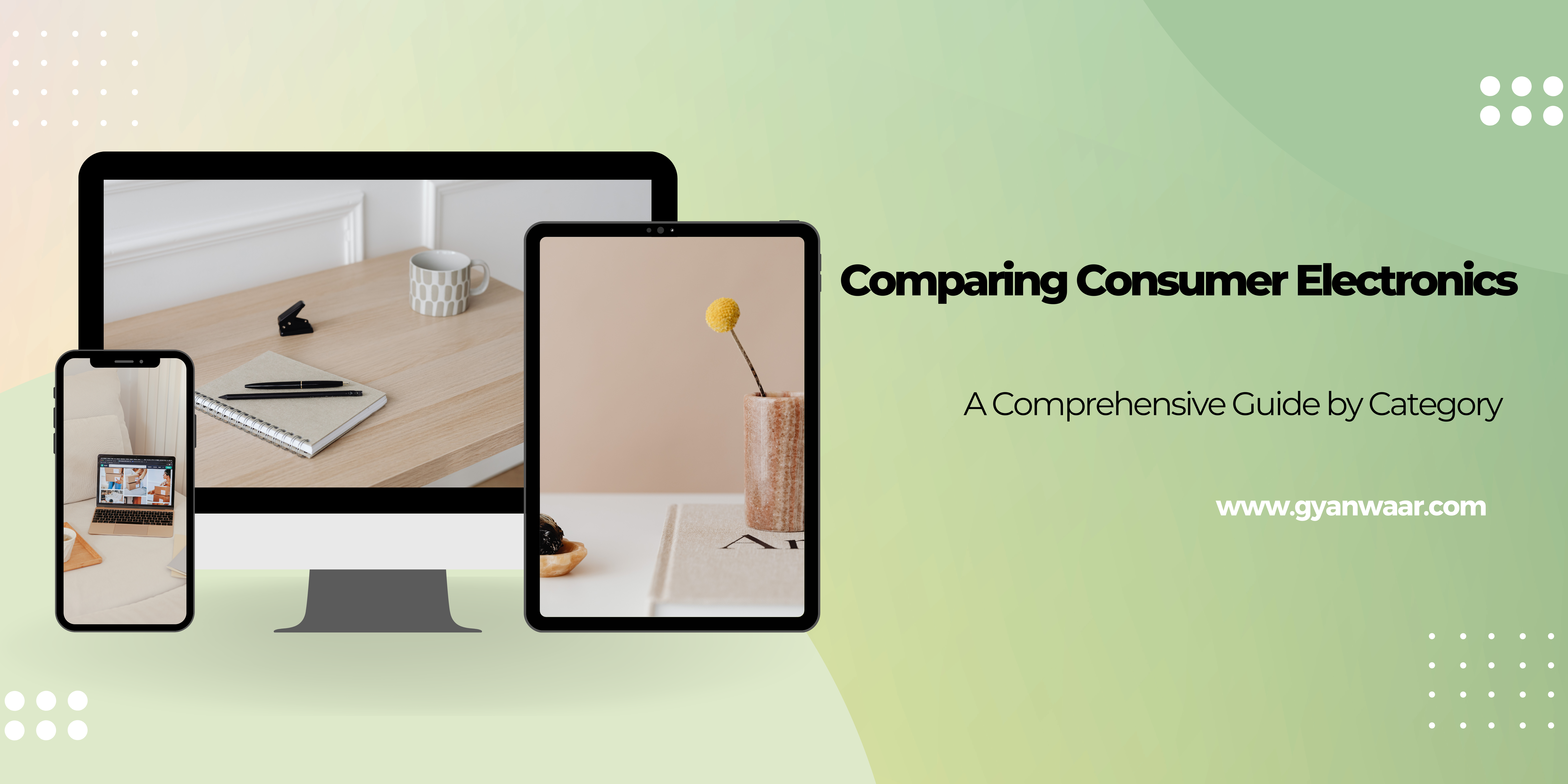John Smith
Hatter: 'I'm on the same.

Consumer electronics have become an integral part of modern life, offering convenience, entertainment, and connectivity. With a wide array of products available in the market, consumers often find themselves confronted with choices that can be overwhelming. To help navigate this landscape, let's delve into the various categories of consumer electronics and compare them based on key factors...
Comparing Consumer Electronics: A Comprehensive Guide by Category
Consumer electronics have become an integral part of modern life, offering convenience, entertainment, and connectivity. With a wide array of products available in the market, consumers often find themselves confronted with choices that can be overwhelming. To help navigate this landscape, let's delve into the various categories of consumer electronics and compare them based on key factors such as functionality, features, price, and popularity.
Smartphones have evolved beyond mere communication devices to become multifunctional gadgets essential for daily tasks, entertainment, and productivity. When comparing smartphones, consider factors such as:
Popular brands like Apple, Samsung, Google, and OnePlus offer a range of smartphones catering to different consumer preferences and budgets.
Laptops and personal computers remain indispensable tools for work, education, and entertainment. When comparing these devices, consider:
Popular laptop brands include Apple (MacBook), Dell, HP, Lenovo, and Microsoft, each offering a diverse lineup to suit various user needs.
Televisions remain the centerpiece of home entertainment, offering immersive viewing experiences for movies, sports, and gaming. When comparing TVs, consider:
Leading TV brands such as Samsung, LG, Sony, TCL, and Hisense offer a wide range of models with varying features and price points to cater to diverse consumer preferences.
Wearable devices have gained popularity for their ability to track fitness, monitor health, and provide on-the-go connectivity. When comparing wearables, consider:
Leading wearable brands include Apple (Apple Watch), Fitbit, Garmin, Samsung, and Xiaomi, each offering a diverse range of products to suit different lifestyle needs.
Audio devices encompass a wide range of products, including headphones, earphones, speakers, and soundbars, catering to various audio preferences and usage scenarios. When comparing audio devices, consider:
Popular audio brands such as Apple (AirPods), Bose, Sony, Sennheiser, and JBL offer a diverse lineup of products catering to audiophiles, casual listeners, and outdoor enthusiasts.
In conclusion, comparing consumer electronics by category involves evaluating various factors such as functionality, features, price, and brand reputation to make informed purchasing decisions. Whether you're in the market for a smartphone, laptop, TV, wearable device, or audio equipment, understanding these considerations will help you find the right product that meets your needs and budget.
We have shared about “Comparing Consumer Electronics: A Comprehensive Guide” in this post. Find More related posts in e-Commerce & Shopping category. For more please don’t forget to follow us on social media platforms Twitter, Facebook, Linkedin, Instagram and get latest updates.
PPC Services | PPC Services Company in Sharjah | Dubai Web Design and Website Development Company | California SEO Company | Seo Services Company in Birmingham | Website Development Agency in Toronto | Website Designing Company in East London | Best OTT Advertising Agency in India | PPC Campaign Management Services in Delhi | #1 Ranked PPC Company in Gwalior